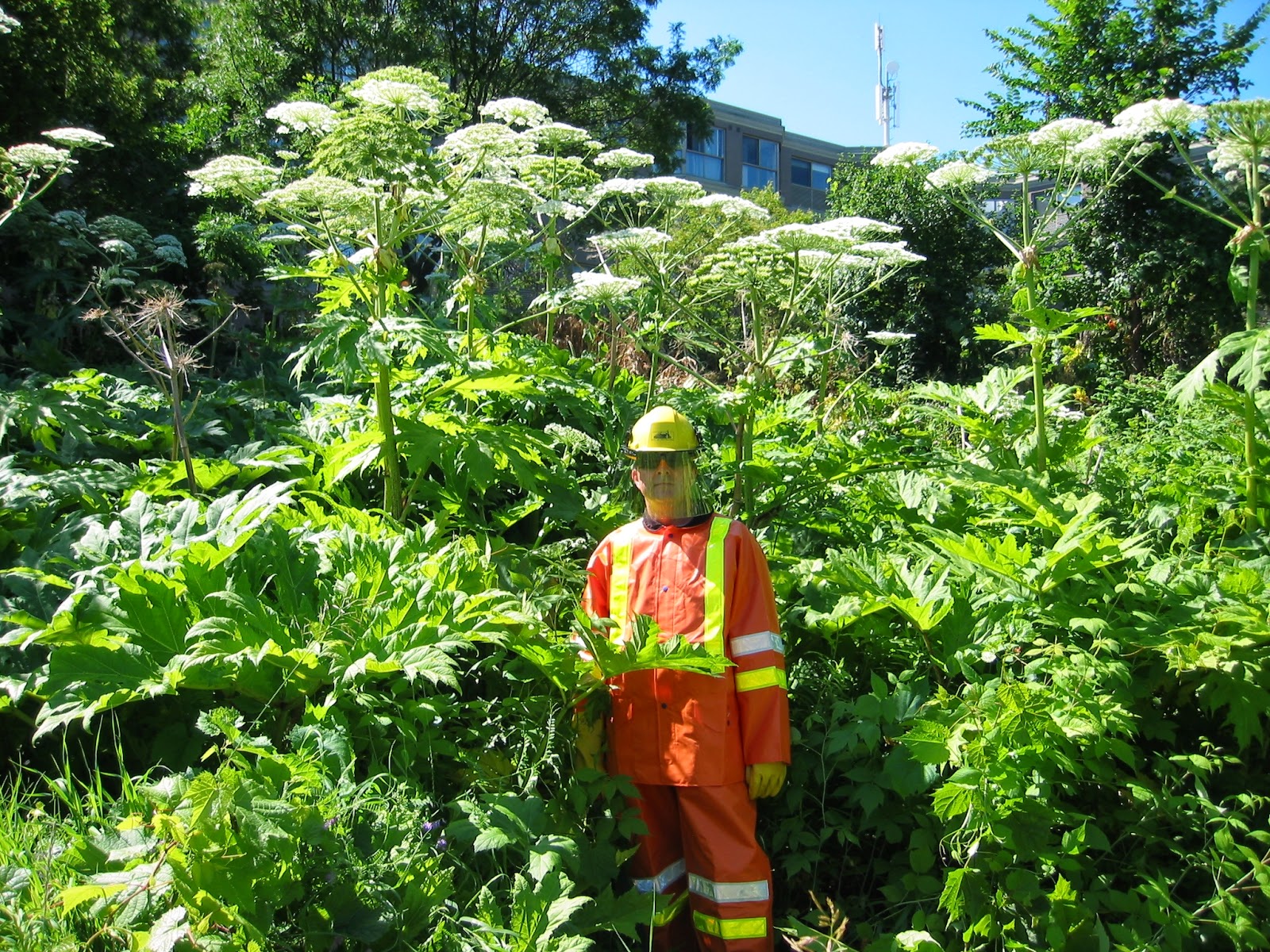
reposted from
Village Green NetworkJelly beans, a favorite Easter candy. But when you find out what’s actually in jelly beans, you may not want to eat them anymore.
The Shocking Truth About Jelly Beans
Jelly beans are coated with shellac to make them shiny. Shellac, also known as pharamceutical glaze or confectioner’s glaze, is recognized as GRAS under the FDA or Generally Recognized As Safe for human consumption. But just because it’s safe, doesn’t mean you want to eat it.
The disgusting fact is that shellac, used on jelly beans, is made from the excrement of beetles.In other words, beetle dung, or bug poop.
How Shellac Is Made
The female lac bug, Kerria lacca, found in the forests of India and Thailand, secretes excrement (poop), which forms a tunnel-like tube on the branches of trees. These tunnels referred to as cocoons, although they are not really cocoons. The insects live off of the sap of the tree and excrete the dung onto the tree.
The beetle dung is scraped from the tree branches and heated. The raw shellac, which contains bark shavings and lac bug parts, begins to liquefy, and the bark and bug bits are strained out. The sticky shellac is then dried into a flat sheet and broken up into flakes, then bagged and sold. The dried shellac is then mixed with denatured alcohol in order to dissolve the flakes and make liquid shellac.
Where Is Shellac Used?
Shellac is used in the manufacture of a number of products including furniture polish and varnish; aluminum foil; lipstick, hairspray, shampoos, mascara and perfume; printing ink and paints; pharmaceutical tablets; and agricultural fertilizer.
In foods, shellac is most commonly used as a coating or glaze on confections, chewing gum, and coffee beans, as well as some fruits including apples.
Candies (Other Than Jelly Beans) That Contain Shellac
As a general rule, all hard-coated, shiny candies contains a shellac coating or glaze. M&Ms™ is one exception — they do not contain shellac.
- Hershey’s Whopper’s Malted Milk Balls™
- Hershey’s Milk Duds™
- Nestle’s Raisinettes™
- Nestle’s Goober’s™
- Junior Mints™
- Sugar Babies™
- Godiva’s™ Dark Chocolate Almond Bar; Dark Chocolate Cherries; Milk Chocolate Cashews; White Chocolate Pearls; Milk Chocolate Pearls
- Halloween candy corn





